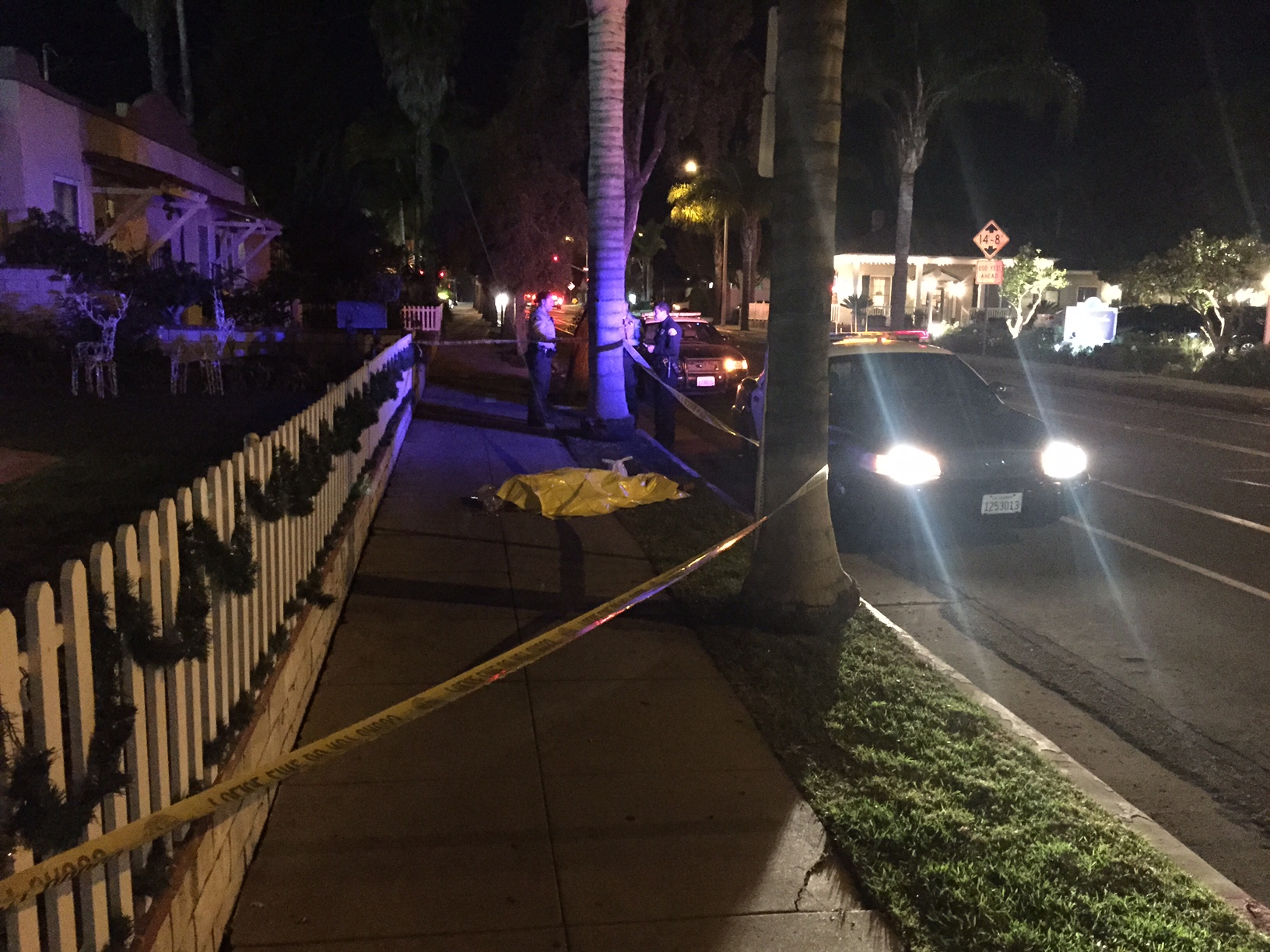Latest Homeless Death Figures Released
Between 2014 and 2017, 160 Homeless People Dies Prematurely

Between 2014 and 2017, 160 homeless individuals died prematurely in Santa Barbara County. In 2017 — the most recent year for which records have been compiled — the number was 44; in 2015, it was 32. Of those who died in 2017, 62 percent were male, 64 percent were white, and they lived — on average — to the age of 52. That’s 25 years less than the average life expectancy in Santa Barbara County of 77. Five were veterans. Two were murdered; 15 died of accidental causes; 24 were done in by unspecified “natural causes.” Although 18 died outdoors, none of the deaths were attributed to exposure to the elements.
That’s according to a report presented to the county supervisors this week detailing homeless deaths in Santa Barbara County. Drug and alcohol overdoses were responsible for 25 percent of the deaths; another 25 percent died of heart disease. Two died of accidental run-ins with a train, one on a bike and one on foot. In the past year, 33 had visited Emergency Rooms of local hospitals, with each patient averaging 3.8 visits. Twenty-one had been checked into the hospital, with each patient being seen an average of 3.1 times. Eighteen would die in the hospital. Twenty-seven had been seen by the County’s Department of Behavioral Wellness in their year before their deaths, while 15 were diagnosed with serious, persistent mental illnesses. “There are fewer places to take these people when it gets cold outside,” said Alice Gleghorn, mental health czar for Santa Barbara County. “We don’t have enough resources.”
Gleghorn said state funds set aside for the homeless allowed her department to hire more street outreach workers, especially in Lompoc and Santa Maria. Likewise, she said, the new drug and alcohol rehab initiative her department launched a few months ago should help. Supervisor Das Williams, who was briefly homeless himself as a teen, lamented the loss of 100 winter shelter beds at the PATH homeless shelter on Cacique Street. “Unfortunately, in the last eight years, our situation has gotten worse, not better,” he said. “We lost our winter shelter beds.” Williams was referring to the decision by PATH to not expand services — as the shelter traditionally had — by 100 beds every winter. Winter shelter guests, it was argued, were not motivated to change their life trajectory and their presence interfered with residents trying to turn their lives around. With the heavy rains and freezing nights in late 2018 and this year, PATH has re-opened its winter beds.



